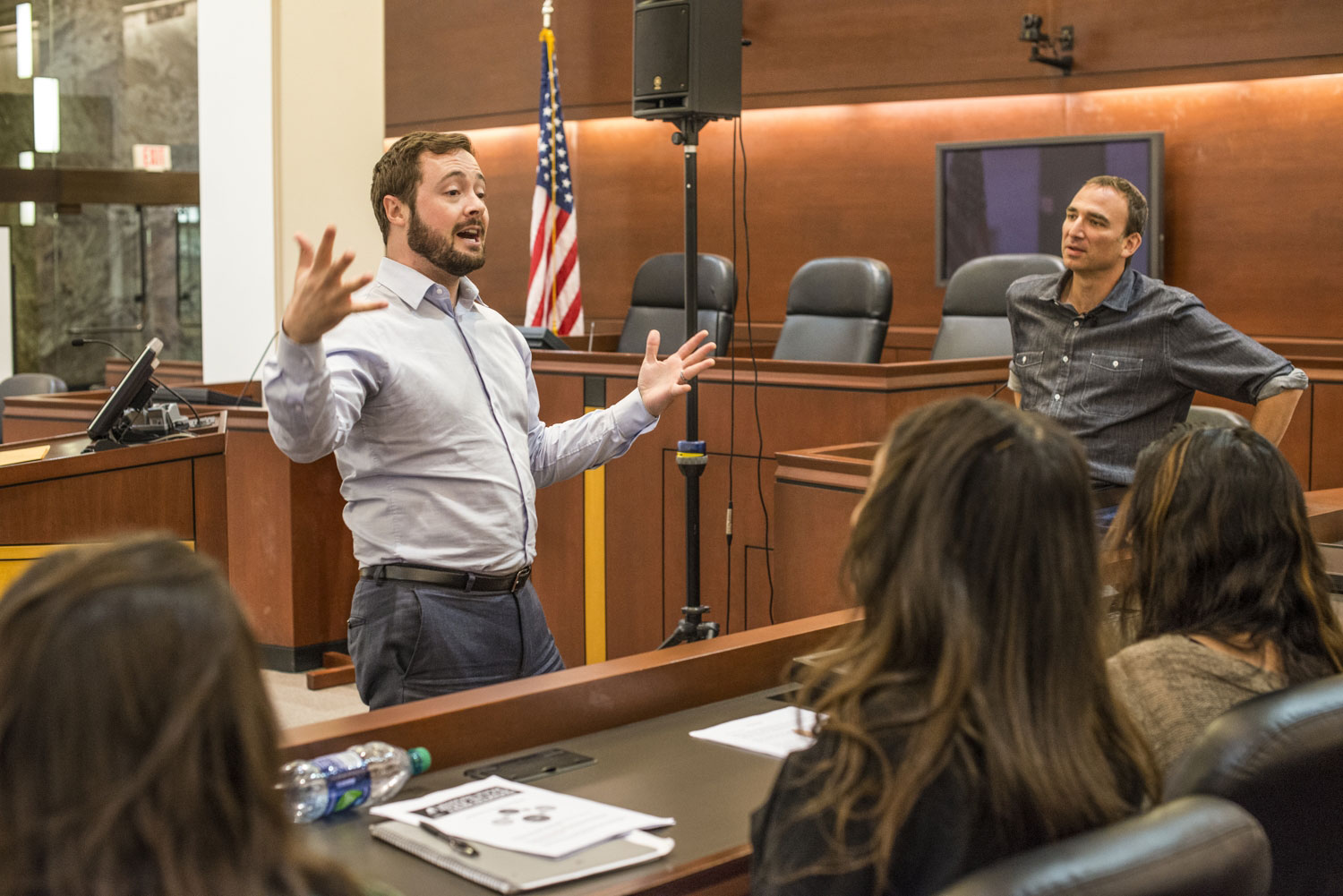
How to “Get Out Of Your Own Way”
The Mindset of a Warrior - The Key To Breakthrough Communication
Hi there,
For 99.9 of most communicators, when speaking to audiences, whether that audience is an audience of 1, a 1,000, or 12 jurors, “getting out of your own way” is the greatest challenge.
In my recently published book from Trial Guides, “Witness Preparation: How To Tell The Winning Story” the very first chapter deals with this challenge.
“Am I prepared to accept my death?” the Samurai warrior asks of himself without hesitation. In the Tom Cruise movie, The Last Samurai, the fictional leader Katsumoto is based on the real-life leader of the final rebellion, Saigō Takamori. Katsumoto (who begins as Tom Cruise’s enemy) makes the statement, “It will be an honorable death,” when deciding to go to battle against the oppressive emperor.
Ancient wisdom has not been lost within many cultures, but for most of us, we often don’t emotionally or mentally prepare for the “deaths” that accompany change or growth. Bushido comes from the Japanese root words bushi, meaning “warrior,” and do, meaning “way” or “path.” Literally, this translates to “way of the warrior.” The bushido warrior code is premised upon the idea that a Samurai warrior must die before the battle even begins.
While this might make sense for a Samurai warrior, what does it mean to “die before battle” when facing your jurors? Here are three powerful ways for you to die – figuratively – a happy death, which simply translates to getting out of your own way.
Happy Death #1: Embrace Your Fear
The greatest misunderstanding about fear is that somehow, you’re not supposed to have it. Unfortunately, this perspective sets us up for imposter syndrome, feelings of disappointment, hopelessness, and anxiety. Fear is a natural part of the human experience, and it is there both to keep you safe and support your growth. You can die a happy death when you embrace the idea that you get to use your fear to your advantage as if it were quite literally your scene partner.
Legendary trial lawyer, Gerry Spence, describes utilizing his fear to help increase his connection to his jurors and advance the right story of his client – something we can all learn from in our different walks of life. Granted, when you are in the courtroom, the pain of fear is exacerbated, for you cannot scream, strikeout, or run away. Our day-to-day life doesn’t usually require that level of accountability, and as such, many of us do run away from the battles before us.
Spence offers this insight into his internal process of normalizing and embracing his fear: “I’m often afraid when I start a trial. What am I afraid of? I’m afraid that I may not do my job correctly. Will I ask the right questions? Will I be able to say the right things? Will I forget something? Will I be believed? What will happen to my client if I fail? And I’m afraid.”
Happy Death #2: Make Your Message Bigger Than You
Powerful words that I’ve often heard expressed in the courtroom are, “This is bigger than all of us.” These words reorient our perspective, especially when backed up by the truth. Another way to die a happy death is to see yourself as simply a channel for the story and the message you are communicating to your world – whomever that happens to be.
Whether you need to say something to your partner, children, boss, colleague, a friend, or even to a large audience, remember to move beyond yourself and into the true essence of what needs to be conveyed. This is the “way of the warrior” in our everyday communications.
When you embrace your right role as the channel that connects you to your listener’s heart, you are simply the messenger for the feeling, the story, or the message that needs to be expressed. The beauty and truth of that message are bigger than you. This subtle perspective shift helps you not take other people’s reactions so personally and deliver your message with more meaning and heart.
Happy Death #3: Embrace Your Right Role
We all have two selves we carry within us at all times. The small self (our ego/fear) and the big, or core, self (the other side of the ego/fear). Do you know what the role of your bigger self even looks like in your life, in your relationships? Start paying attention to it!
Make the conscious choice to play your part with active attention given to where your smaller self shows up versus your bigger self. Both parts are vital and perfectly human! Remember, it’s not about condemning our fear but learning to choose which part is in the driver’s seat.
You get to choose if you walk through this life in an unconscious haze, victimized by your fear, perpetually afraid of everyday deaths – or not. Wear that mask often enough, and it will become who you are. Imagine yourself thrillingly about to step into the new role you were destined to play… Your greatest you on your feet. You deserve it, and so does your world.
Welcome to the stage,


